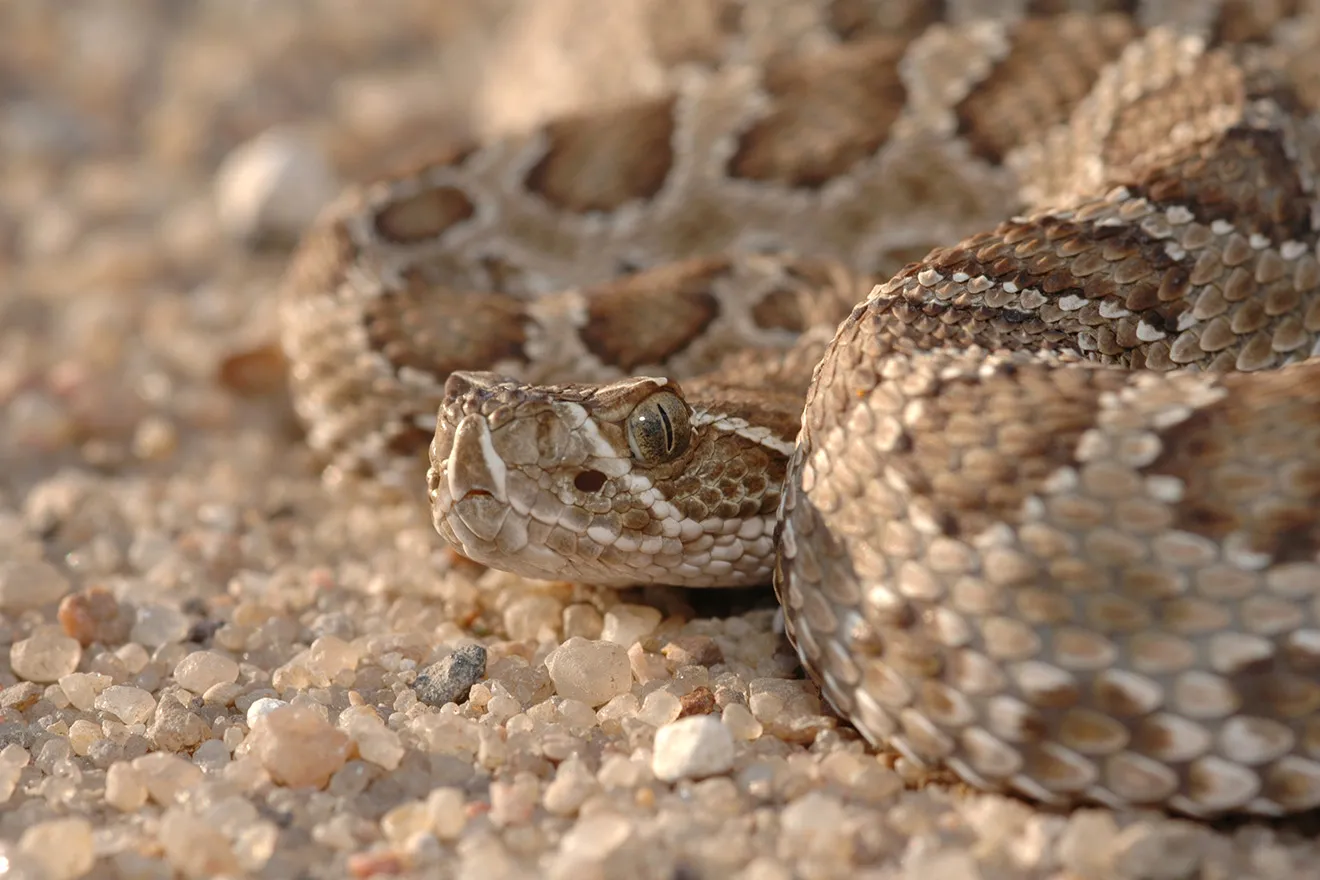
Sand Dunes Beetle Won’t be Listed as Endangered
iStock
Using what it refers to as the best available science, the U.S. Fish and Wildlife Service completed in-depth species status assessments for the eastern group of the boreal toad, the Great Sand Dunes tiger beetle, and the Northern Rocky Mountains fisher, and determined all three species are not warranted for listing under the Endangered Species Act (ESA).
Boreal toad
The boreal toad is a subspecies of the western toad and has dark, brown-black, warty skin. The eastern population of boreal toad is found at high elevations between 6,500 – 12,200 feet with suitable breeding habitat, which includes shallow, quiet water in lakes, marshes, bogs, ponds, and wet meadows.
In 2012, the Service published a 90-day finding and announced there was substantial information that listing the eastern population of the boreal toad may be warranted. Current and ongoing genetic analysis determined the eastern population to be a distinct population from the rest of the species.
The eastern population of the boreal toad is found in Colorado, southeastern Idaho, northern New Mexico, Utah, and Wyoming. The boreal toad needs multiple healthy populations across its range to survive and avoid extinction. The main stressor to the eastern population is chytrid fungus, Batrachochytrium dendrobatidis (Bd). This fungus can cause the disease chytridiomycosis, which primarily affects the skin of amphibians and can cause death. Chytrid fungus is found across the entire range of the eastern population, however, boreal toads within different parts of its range have varying responses to infection. Boreal toads in some geographic regions of its range are more resistant to the fungus, while toads in the Southern Rocky Mountain region are less resistant. Despite population declines in the Southern Rocky Mountain region, boreal toads continue to survive.
Because the eastern population is distributed across the majority of its historical range and a large percentage has a moderate or high resiliency to chytrid fungus, the Service found the species has a very low risk of extinction. The Service anticipates the eastern population will continue to maintain self-sustaining populations across its range for the next 50 years. Because of these findings, the Service found the eastern population of boreal toad is not warranted for listing under the ESA.
Great Sand Dunes Tiger Beetle
The Great Sand Dunes (GRSD) tiger beetle is a medium-sized beetle found only in the Great Sand Dunes geological feature in southern Colorado. In 2009, the Service published a 90-day finding and announced there was substantial information that ESA protection may be warranted.
The GRSD tiger beetle’s range is within public land managed by the National Park Service’s Great Sand Dunes National Park and Preserve and the Service’s Baca National Wildlife Refuge, and private land owned by The Nature Conservancy’s Medano-Zapata Ranch. The GRSD tiger beetle needs multiple self-sustaining subpopulations across its range to survive and avoid extinction. To maintain such subpopulations, the GRSD tiger beetle needs a relatively stable dune system maintained by hydrologic and wind conditions, relatively undisturbed dunes, suitable vegetation cover on the dunes, and connectivity between subpopulations.
Due to the successful land management by the Service, the National Park Service, and The Nature Conservancy, the dune system is relatively stable with minimal surface disturbances. The hydrologic and wind conditions in the San Luis Valley are also stable. The hydrologic conditions are protected by the Great Sand Dunes Act of 2000, which maintains water surface and ground water rights at the Great Sand Dunes National Park and Preserve.
It is anticipated that the National Park Service, The Nature Conservancy and the Service’s effective land management will continue to provide a stable, undisturbed dune system and rich habitat for the GRSD tiger beetle. Therefore, the Service found that the GRSD tiger beetle has a low risk of extinction and does not need protection under the ESA.
Northern Rocky Mountains Fisher
The Northern Rocky Mountains (NRM) fisher is a medium-sized mammal native to North America. It is classified in the order Carnivora, family Mustelidae – a family that also includes weasels, mink, martens, and otters. Fishers live in coniferous and mixed conifer and hardwood forests and are commonly found in mature forest cover.
In 2016, the Service published a 90-day finding that announced there was substantial information that listing the NRM fisher may be warranted. Based on the best scientific and commercial information available, the Service found that the NRM fisher is genetically different from other fisher populations and qualifies as a distinct population segment under the ESA.
The distribution of the NRM fisher includes forested areas of western Montana, north-central Idaho, and possibly northeastern Washington. The NRM fisher is found across most of its historic range. Distribution and quantity of modeled habitat across the NRM appears adequate to support NRM fisher and is resistant to localized fire and drought. The potential stressors of climate change, development, forestry, fire, trapping, poisoning, and predation were evaluated, with no evidence of significant impacts to the NRM fisher. Therefore, the Service found that the NRM fisher is not in danger of extinction and does not need protection under the ESA.
Pictured: (Clockwise from left) Boreal toad (courtesy USGS), Northern Rocky Mountains fisher (courtesy USFWS), Great Sand Dunes tiger beetle (courtesy NPS).















